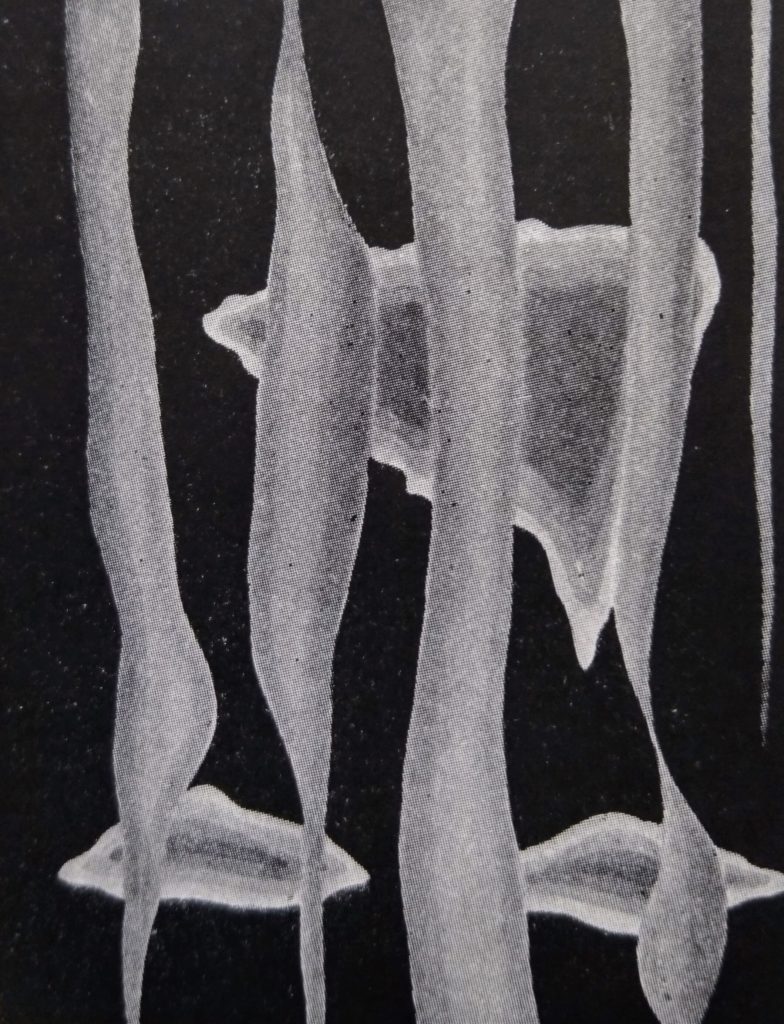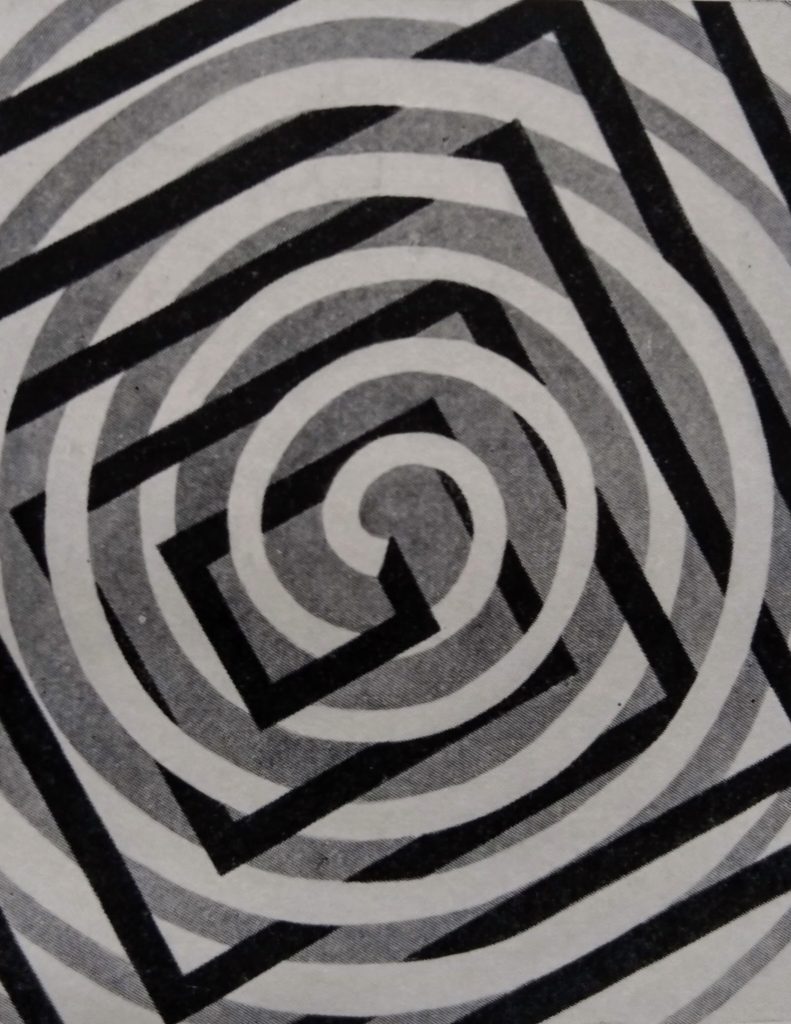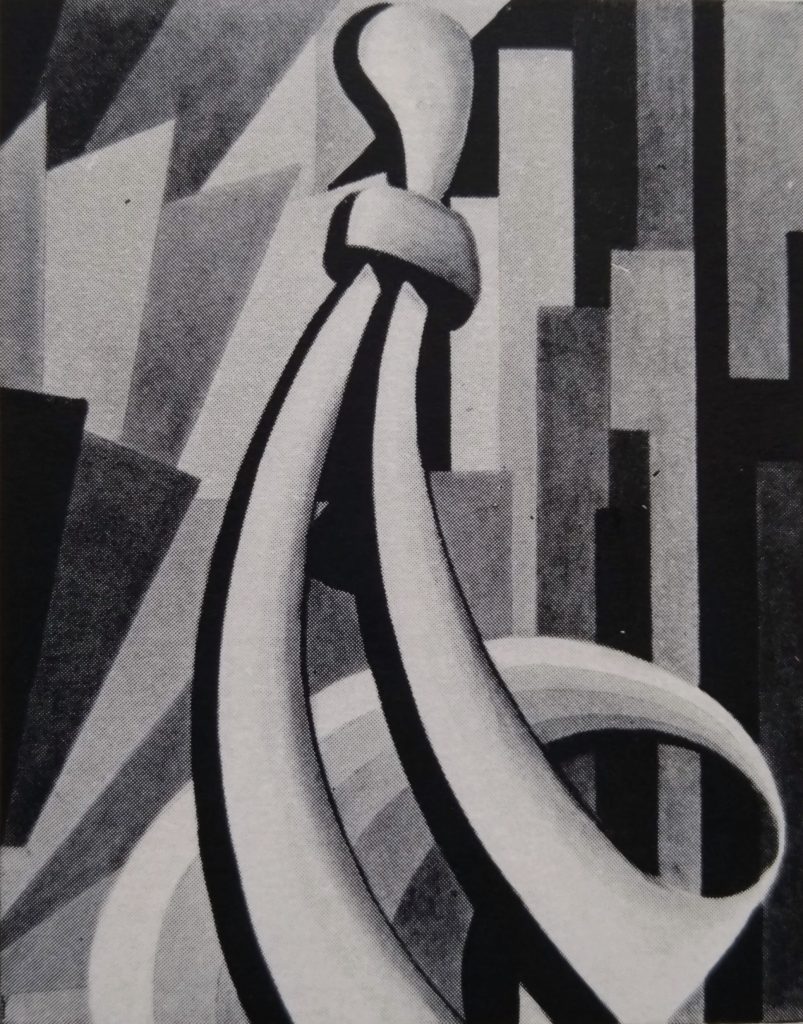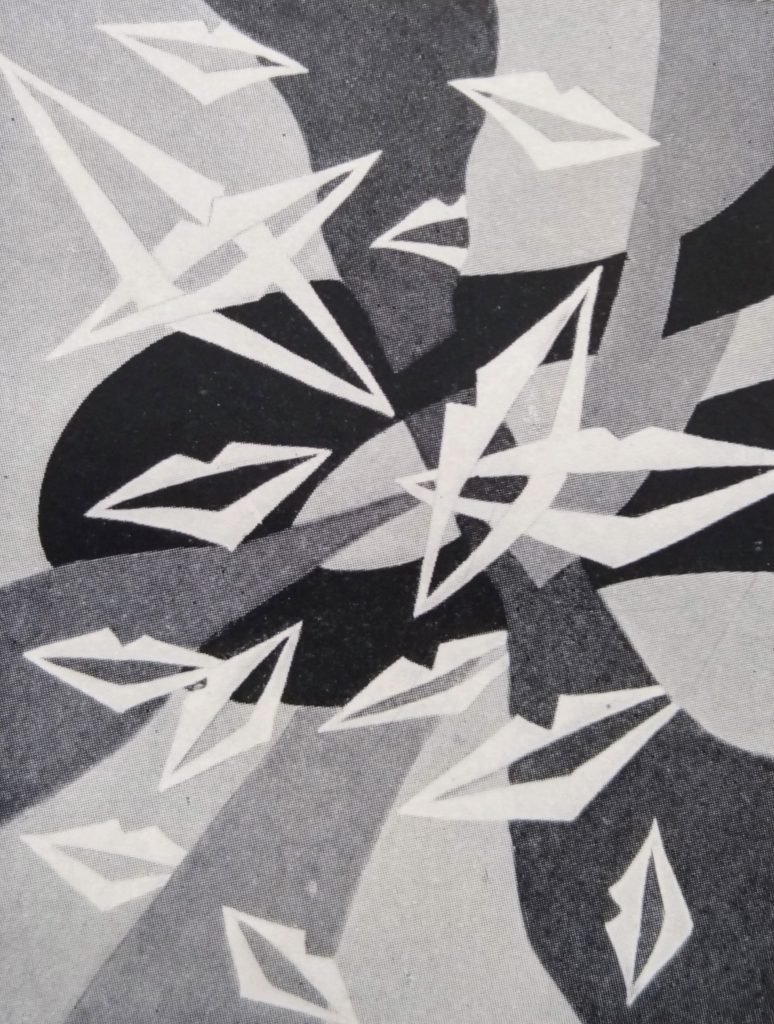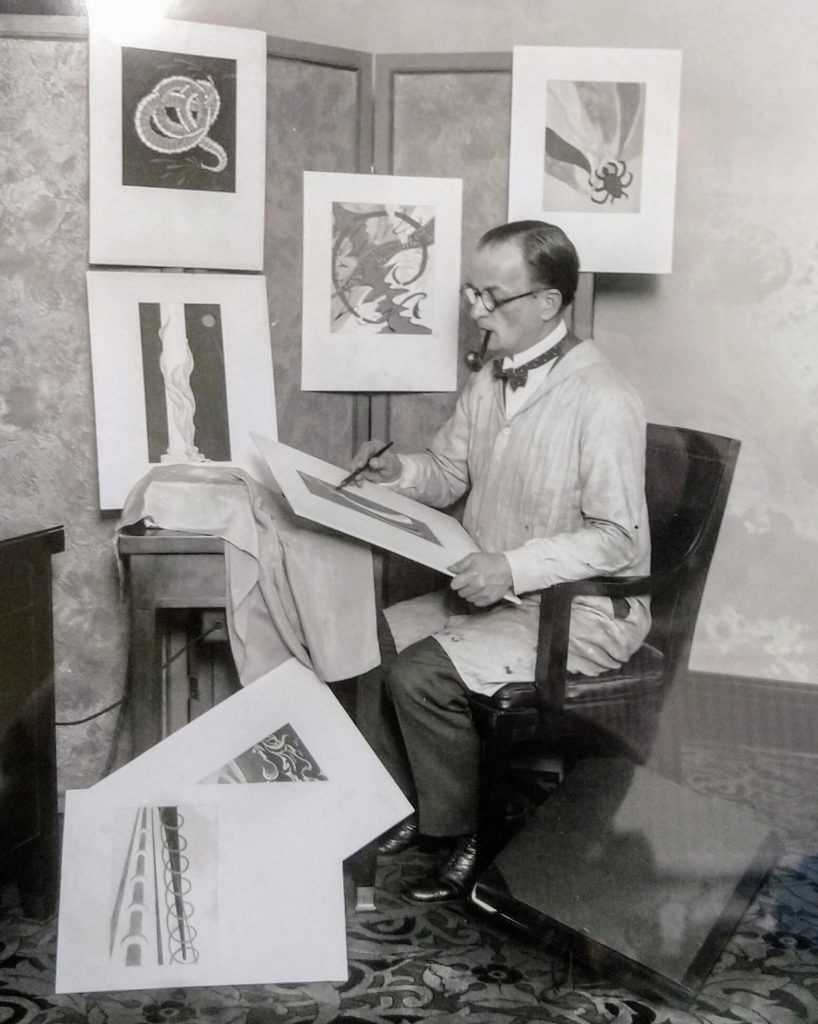
Count Victor de Kubinyi (1873-1966) was a Hungarian nobleman and the godson of the Emperor Franz Josef of Austria. He was also a bishop of the Apostolic Episcopal Church from 1932, having previously served in several other churches and involved in a special ministry for Hungarian immigrants in the United States.
He was a keen writer, painter and lecturer on modern art and in 1929 published in New York a book called As We Are. It was an unusual book filled with abstract drawings by Kubinyi that were described in 1928 by the Czech anthropologist Aleš Hrdlička as a “mental phenomenon that deserves the earnest attention of the artist, the psychologist and the cultured thinker.” For Kubinyi, the artworks were a series of automatic psychograph drawings that related to our emotions.
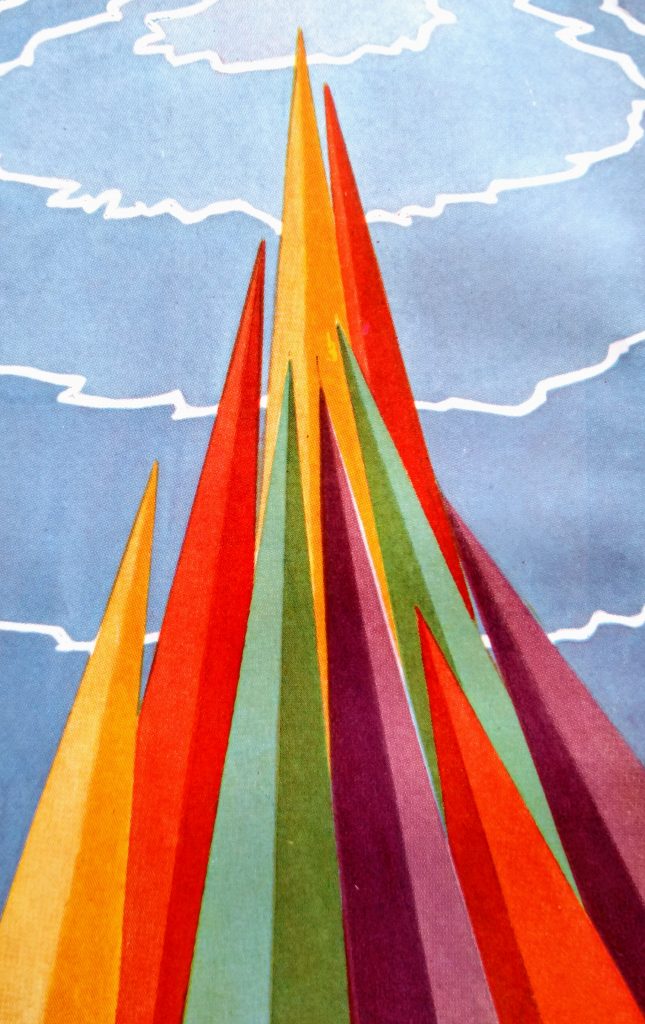
In 1925 Kubinyi created a series of colour collages entitled Symbolic Color Analyses of Life in its Phases and in 1926 exhibited his work in an exhibition called Paintings of the Human Emotion at the National Museum of Washington followed by a display in several schools such as the Washington Irving High School in 1927.
The public were startled by his unique ability to transfer the human emotion into colour and form that were inherently understood by the spectator and in particular young children.
A newspaper in 1927 stated “He never took a drawing or painting lesson, and he made his first picture whilst he was employed as a hand on an American farm. He relies on both line and colour to produce his seemingly bizarre effects, and rarely paints a face or a human figure. He goes in for symbolism to the extent that he tries to express graphicaly the passions, hopes, fears, whims and foibles of the human race. Yet he is not conventional symbolist, any more than he is a cubist, although his works delight the cubist enthusiasts.”
A few examples of his work are on display at The College of Psychic Studies, London in their latest exhibition Strange Things Among Us until August 6th 2021.
Top row left to right – Gloom, Compromise and Pride
Bottom row left to right – Extravagance, Garrulity and Harmony
